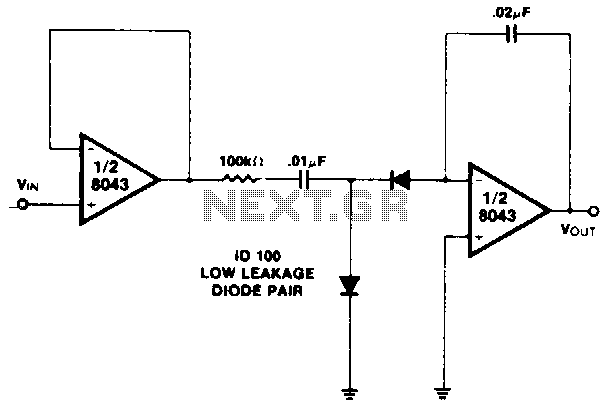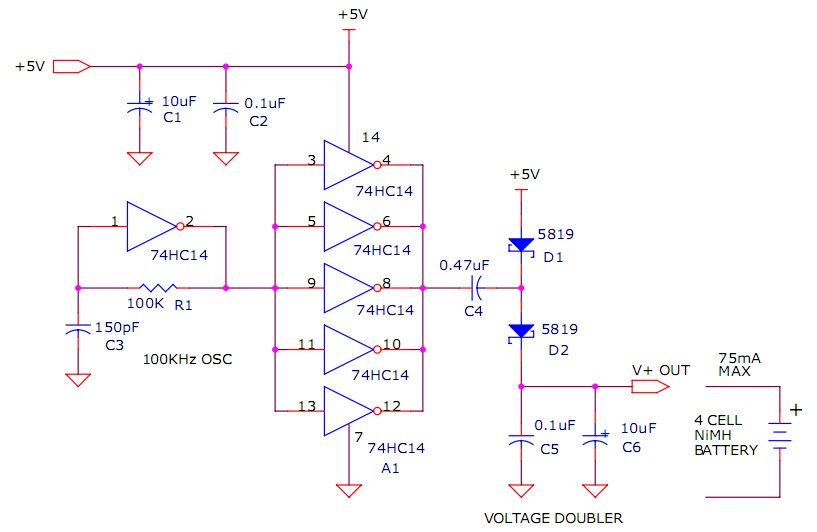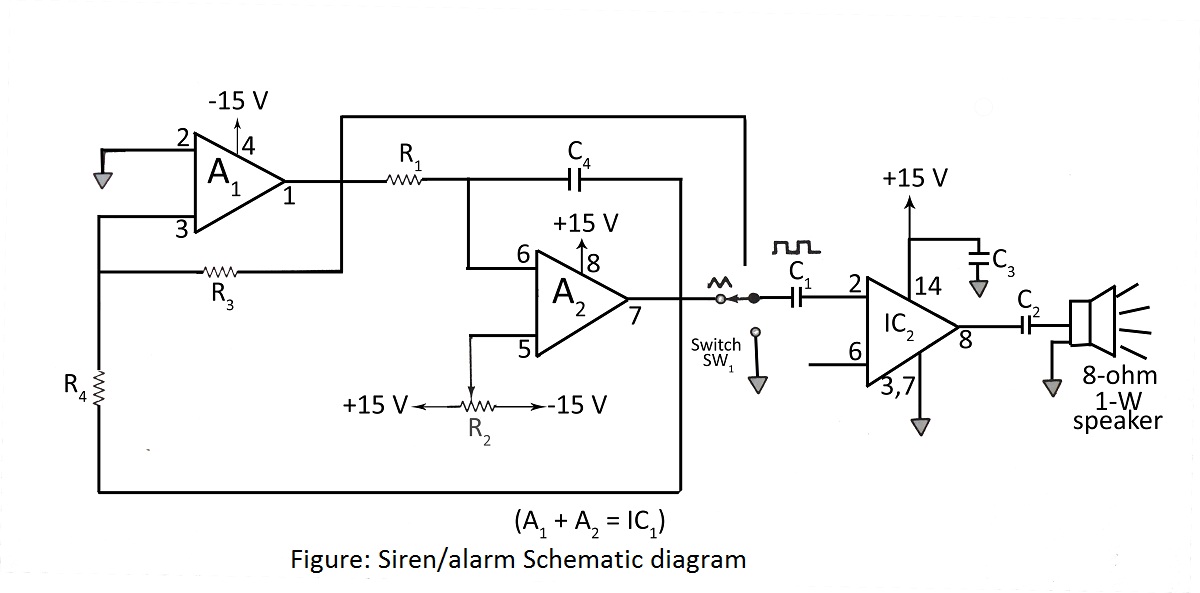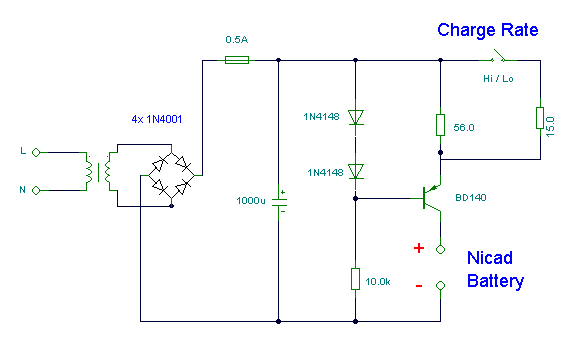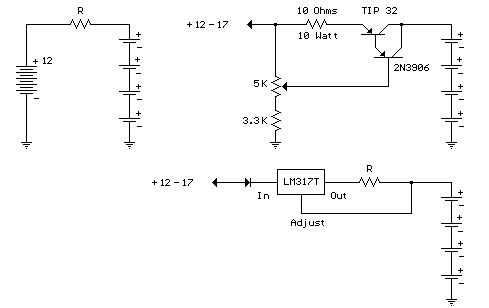
charging small nimh battery from air by
.jpg)
Charging a small NiMH battery has led to the development of an innovative method for harvesting energy from the environment. This energy can be utilized for various applications, such as charging a small 9V NiMH battery or generating high voltages. The experiments are quite fascinating, and insights from Steven will provide further details. Additional information includes experiments with a NiMH battery charger powered by the output of a secondary tower. The concepts integrated into these experiments were sourced from various online resources. For instance, a modified polarity indicator serves as a secondary tower energy output indicator, and a LED power meter circuit has been adapted to utilize energy from the tower to charge high-voltage capacitors, power an Afremko plug, and recharge the NiMH battery. The circuit for free energy harvesting from the air is similar to those featured in three YouTube videos, including one titled "Tesla's Little Secret." This circuit performs exceptionally well when combined with others, capturing more energy when positioned near the modified polarity indicator circuit, which now functions as a secondary power output tester. The approach of integrating and enhancing existing circuits fosters innovation and experimentation. Additionally, an AC-operated relay circuit, originally designed to enable AC operation of a DC relay, has been modified to extract more RF energy from the secondary tower. Although this circuit does not step up voltage when reversed through a transformer, it effectively collects RF voltage and currents, further contributing to the overall system. The methodology emphasizes the importance of improving, upgrading, and integrating circuits to develop new ideas and experiments. Video documentation of these experiments showcases the versatility of transformers as electromagnetic pickups through a simple very low frequency (VLF) receiver circuit, including the use of relay coils and ignition coils with internal soft iron shielding. Remarkably, playing a cassette tape near an ignition coil induces sound through the coil and its shielding, allowing audio to be heard through the headphones of the VLF receiver circuit. The modified LED power meter circuit, initially designed for tuning bugging devices, has been adapted to rapidly charge nickel-metal hydride batteries when used with the output from the secondary coil tower. Further experimentation is required to refine this process, as initial tests were conducted on a breadboard. The free energy circuit utilizing high-voltage capacitors and another modified LED power meter with an added Afremko plug and NiMH battery completes this innovative setup.
The circuit design for charging the NiMH battery involves a combination of energy harvesting techniques and circuit modifications. The primary component is the secondary tower output, which serves as the energy source. The modified polarity indicator circuit is crucial for monitoring the energy output, ensuring that the energy harvested is utilized effectively. The LED power meter circuit is an essential element, as it allows for real-time monitoring of the charging process and helps optimize the performance of the system.
The energy harvesting circuit can be constructed using readily available components, including capacitors, resistors, and diodes. The circuit should be designed to capture ambient electromagnetic energy, which can then be rectified and stored in the NiMH battery. This process may involve using a bridge rectifier to convert AC signals into DC, followed by a smoothing capacitor to ensure a stable output voltage.
The high-voltage capacitor integration is another critical aspect of the design, as it enables the storage of excess energy for later use. Careful selection of capacitors rated for high voltage is necessary to prevent damage and ensure reliability. The Afremko plug serves as a means to transfer energy efficiently, allowing the system to charge the NiMH battery while also powering other devices.
In conclusion, this innovative approach to charging NiMH batteries through energy harvesting and circuit integration presents a promising avenue for further research and experimentation. The combination of modified circuits and the strategic use of available energy sources could lead to the development of efficient and sustainable charging solutions for small batteries.Charging a Small NiMh Battery has devised an ingenious way of collecting energy from the air and using it for various useful purposes like for charging small 9v NiMh battery, or for making high voltages etc. The experiments are indeed very intriguing and I definitely want to share them with you all, lets know more from Steven himself.
Theres more yet to come including my nmh battery charger experiments powered from the sec tower output now remember this i integrated ideas i find on the net together to come up with these new experiments like the polarity indicator i modified it to use as a sec tower energy output indicator or tester and then theres a led power meter circuit from a talking electronics site, I modified that to use the energy output from the tower to charge hv caps up to and still light an afremenko plug up to and charge my nmh battery to and then theres the free energy from air circuit same as the one featured on the inventors 3 youtube videos which is the same on the youtube video titled Teslas little secret, this circuit works wonders when integrated with others and soaks up more energy when placed next to the modified polarity indicator circuit which is now the sec power output tester or indicator so you see, ideas and integrating one circuit into another is an ingenious way to come up with new ideas and experiments. and then theres the ac operated relay circuit originally used to allow ac to operate a dc relay so a small modification to it allows my to get more RF energy from the sec tower, the same circuit cannot step up the voltage fed into a transformer in reverse mode to get stepped up ac for some reason but it does great for RF voltage RF currents so that i integrated into the whole system, so its the way to go, find a circuit improve it upgrade it modify itand integrate it into other circuit ideas, If you think thats great i have video footage of experiments where i can use any transformer any way around as an em pick up via simple vlf receiver circuit and even relay coils and, even ignition coils with there internal soft iron shielding inside the can and around the coil.
and when i play a cassette tape right up against the ignition coil the sound from the tape is EM induced right through that ignition coil and through the soft iron shielding and comes right out the VLF receiver circuits headphones, in other words i can listen to a radio through an ignition coil and its easy with relays to as the coil in it is my em pickup coil and thats interesting. and the same VLF receiver circuit allowed me to listen to the em RF energy from the sec exciter tower to its a hum a little slower than mains hum thats what i hear.
The first circuit is a slightly modified led power meter from a talking electronics site normally the led power meter is used to tune bugging devices to put out the peak power something like that, but after i modified it it now charges nickel metal hydride batteries fast when used with the sec coil towers output ive only tested this a few times so more needs to be done yet since it worked on a bread board. the next circuit is the free energy from air circuit with hv caps and another slightly modified led power meter with added afremnko plug and nmh battery.
🔗 External reference
The circuit design for charging the NiMH battery involves a combination of energy harvesting techniques and circuit modifications. The primary component is the secondary tower output, which serves as the energy source. The modified polarity indicator circuit is crucial for monitoring the energy output, ensuring that the energy harvested is utilized effectively. The LED power meter circuit is an essential element, as it allows for real-time monitoring of the charging process and helps optimize the performance of the system.
The energy harvesting circuit can be constructed using readily available components, including capacitors, resistors, and diodes. The circuit should be designed to capture ambient electromagnetic energy, which can then be rectified and stored in the NiMH battery. This process may involve using a bridge rectifier to convert AC signals into DC, followed by a smoothing capacitor to ensure a stable output voltage.
The high-voltage capacitor integration is another critical aspect of the design, as it enables the storage of excess energy for later use. Careful selection of capacitors rated for high voltage is necessary to prevent damage and ensure reliability. The Afremko plug serves as a means to transfer energy efficiently, allowing the system to charge the NiMH battery while also powering other devices.
In conclusion, this innovative approach to charging NiMH batteries through energy harvesting and circuit integration presents a promising avenue for further research and experimentation. The combination of modified circuits and the strategic use of available energy sources could lead to the development of efficient and sustainable charging solutions for small batteries.Charging a Small NiMh Battery has devised an ingenious way of collecting energy from the air and using it for various useful purposes like for charging small 9v NiMh battery, or for making high voltages etc. The experiments are indeed very intriguing and I definitely want to share them with you all, lets know more from Steven himself.
Theres more yet to come including my nmh battery charger experiments powered from the sec tower output now remember this i integrated ideas i find on the net together to come up with these new experiments like the polarity indicator i modified it to use as a sec tower energy output indicator or tester and then theres a led power meter circuit from a talking electronics site, I modified that to use the energy output from the tower to charge hv caps up to and still light an afremenko plug up to and charge my nmh battery to and then theres the free energy from air circuit same as the one featured on the inventors 3 youtube videos which is the same on the youtube video titled Teslas little secret, this circuit works wonders when integrated with others and soaks up more energy when placed next to the modified polarity indicator circuit which is now the sec power output tester or indicator so you see, ideas and integrating one circuit into another is an ingenious way to come up with new ideas and experiments. and then theres the ac operated relay circuit originally used to allow ac to operate a dc relay so a small modification to it allows my to get more RF energy from the sec tower, the same circuit cannot step up the voltage fed into a transformer in reverse mode to get stepped up ac for some reason but it does great for RF voltage RF currents so that i integrated into the whole system, so its the way to go, find a circuit improve it upgrade it modify itand integrate it into other circuit ideas, If you think thats great i have video footage of experiments where i can use any transformer any way around as an em pick up via simple vlf receiver circuit and even relay coils and, even ignition coils with there internal soft iron shielding inside the can and around the coil.
and when i play a cassette tape right up against the ignition coil the sound from the tape is EM induced right through that ignition coil and through the soft iron shielding and comes right out the VLF receiver circuits headphones, in other words i can listen to a radio through an ignition coil and its easy with relays to as the coil in it is my em pickup coil and thats interesting. and the same VLF receiver circuit allowed me to listen to the em RF energy from the sec exciter tower to its a hum a little slower than mains hum thats what i hear.
The first circuit is a slightly modified led power meter from a talking electronics site normally the led power meter is used to tune bugging devices to put out the peak power something like that, but after i modified it it now charges nickel metal hydride batteries fast when used with the sec coil towers output ive only tested this a few times so more needs to be done yet since it worked on a bread board. the next circuit is the free energy from air circuit with hv caps and another slightly modified led power meter with added afremnko plug and nmh battery.
🔗 External reference
